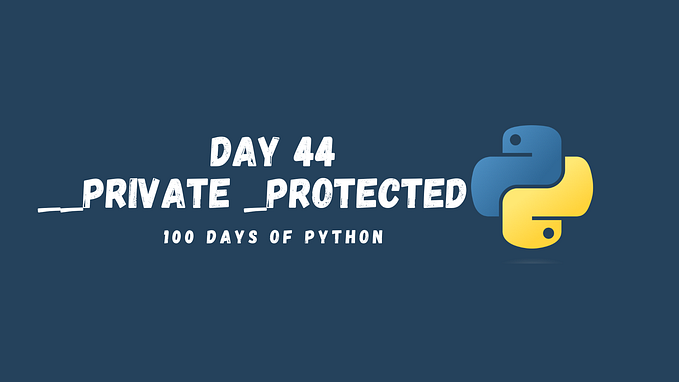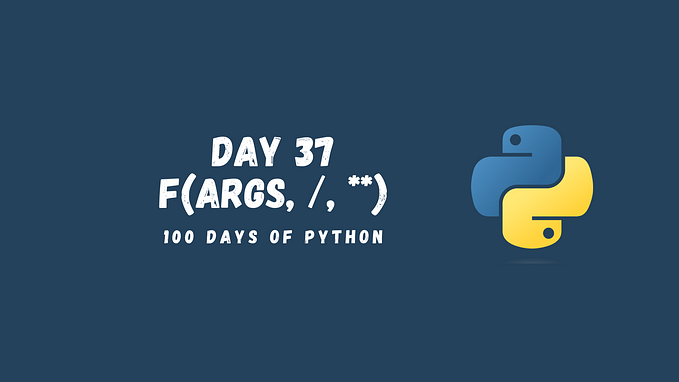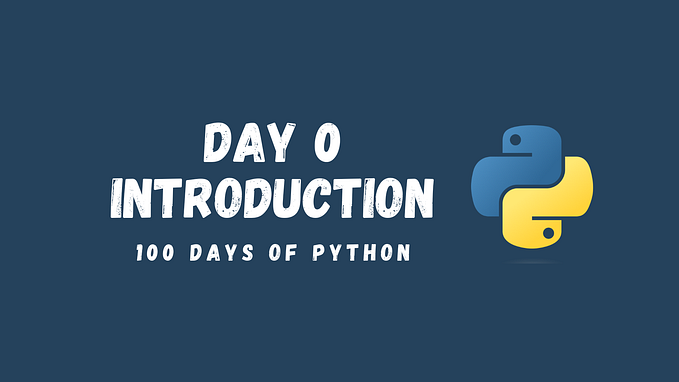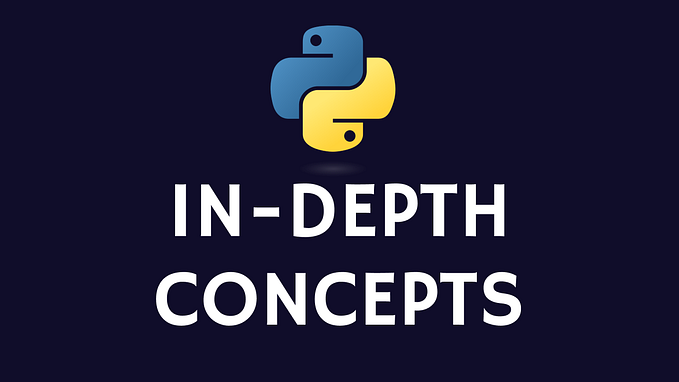Boolean variables and boolean arithmetic in Python (4/100 Days of Python)

Boolean variables are variables that can have one of two values: True or False. In Python, you can use the bool type to create a Boolean variable.
Here’s an example of how to create a Boolean variable in Python:
is_raining = True
is_sunny = FalseYou can also use the bool() function to convert other types of variables to Booleans. For example:
print(bool(0)) # False
print(bool(1)) # True
print(bool('hello')) # True
print(bool('')) # FalseThere are several Boolean operators in Python that allow you to manipulate and test Boolean variables. Here are the most common ones:
and: ReturnsTrueif both operands areTrue, andFalseotherwiseor: ReturnsTrueif at least one operand isTrue, andFalseotherwisenot: Returns the opposite of the operand (i.e.,TruebecomesFalse, andFalsebecomesTrue)
Here are some examples of using these operators:
print(True and False) # False
print(True and True) # True
print(False or True) # True
print(False or False) # False
print(not True) # False
print(not False) # TrueValues of some expressions can be assigned to boolean variables as well:
a = 10
b = 20
greater = a > b # False
smaller = a < b # True
equal = 10 == 10 # True
print(greater, smaller, equal)This is especially useful in conditional statements, which we will cover in the coming series!
What’s next?
- If you found this story valuable, please consider clapping multiple times (this really helps a lot!)
- Hands-on Practice: Free Python Course — boolean variables
- Full series: 100 Days of Python
- Previous topic: Arithmetic expressions and numeric variables
- Next topic: Conditions in Python








